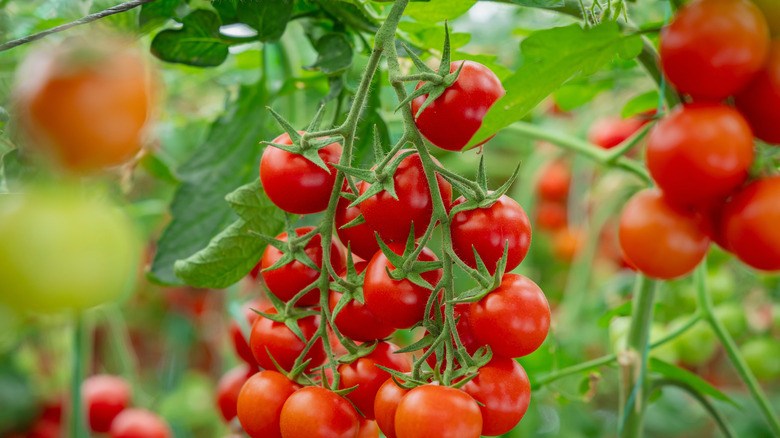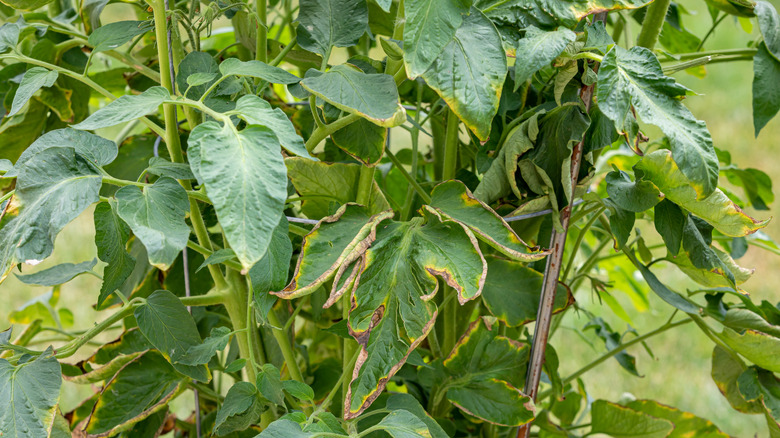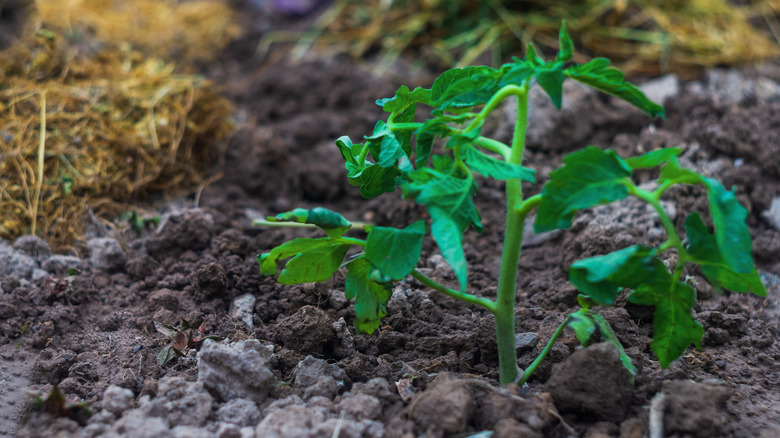Avoid Making This #1 Mistake Growing Tomato Plants
Pulling out your tomato plants (Solanum lycopersicum) by the roots at the end of the season might feel like a proper cleanup. But it could be the number one mistake you can make in your garden. This seemingly common habit affects the entire underground ecosystem that supports healthy, productive soil. The root system of your tomato plants plays an important role even after the plant dies, and yanking it out can impact the natural balance your garden needs to flourish.
It damages the soil structure which impacts the quality of your next tomato crop. And ultimately you will notice poorer yields, more work, and a garden that struggles to bounce back. Apart from following a proven planting technique for healthier tomatoes, there's another, lesser-known task you should be doing at the end of the season, and that is to leave healthy roots in the ground to decompose naturally. Ultimately, this is better for your soil, your plants, and your long-term success.
Why uprooting hurts your soil and your next tomato crop
Leaving tomato roots in the ground might seem lazy, but it's actually smart gardening. Once those roots decompose, they turn into organic matter that improves soil structure. This matters more than you might realize as better soil structure supports earthworms and beneficial microbes, both of which are important for recycling nutrients and boosting soil fertility. On the flip side, pulling out roots can disrupt this natural process. It can even compact the soil, increase erosion, and bring buried weed seeds to the surface, which leads to more weeding work down the line.
Worst of all it damages the balance of your garden's micro-ecosystem. Although not visible, there's an entire party going on around your tomato plant's root system. It provides a gathering place for fungi, bacteria, protozoa, and beneficial nematodes, all of which help to keep your soil alive. And, soil that's healthy is going to grow the best plants with the juiciest harvest. Of course, as the roots decompose, they also help to feed the soil.
Just a couple of disclaimers to remember. If your tomato plants have soil-borne diseases like fusarium wilt, verticillium wilt, or root rot, removal is necessary to stop the spread of the disease to future crops. You also want to watch out for root-eating nematodes which will show up as small bumps on uneven and ill-formed roots. For this, you might want to inspect the roots of one of the plants, and if you spot these, then it's best to pull out all your tomato roots to keep the pests from infecting other plants.
Smart strategies to grow thriving tomato plants year after year
Instead of pulling your tomato plants out by the roots, you can simply cut the plant at or just below the soil level, and leave the roots in the ground. This is one of those old-fashioned ways to revive garden soil and will help maintain its structure and keep all those beneficial microbes active and thriving. These microbes are essential for breaking down organic matter and recycling nutrients which are the key ingredients for healthy, productive soil. And if you want to speed up the process, mulching around your tomato plants is a great option. You can add mulch or compost over the leftover roots.
This helps them decompose faster, and also enriches the soil with nutrients that feed both plants and microbes. Another great strategy is crop rotation. Avoid planting tomatoes in the same spot every year. Rotate with crops like legumes, which naturally fix nitrogen in the soil. This improves fertility, reduces pests and diseases, and leads to better harvests. Stick with these practices long-term and you'll see real results such as healthier soil, lower fertilizer needs, and stronger tomato yields season after season.


